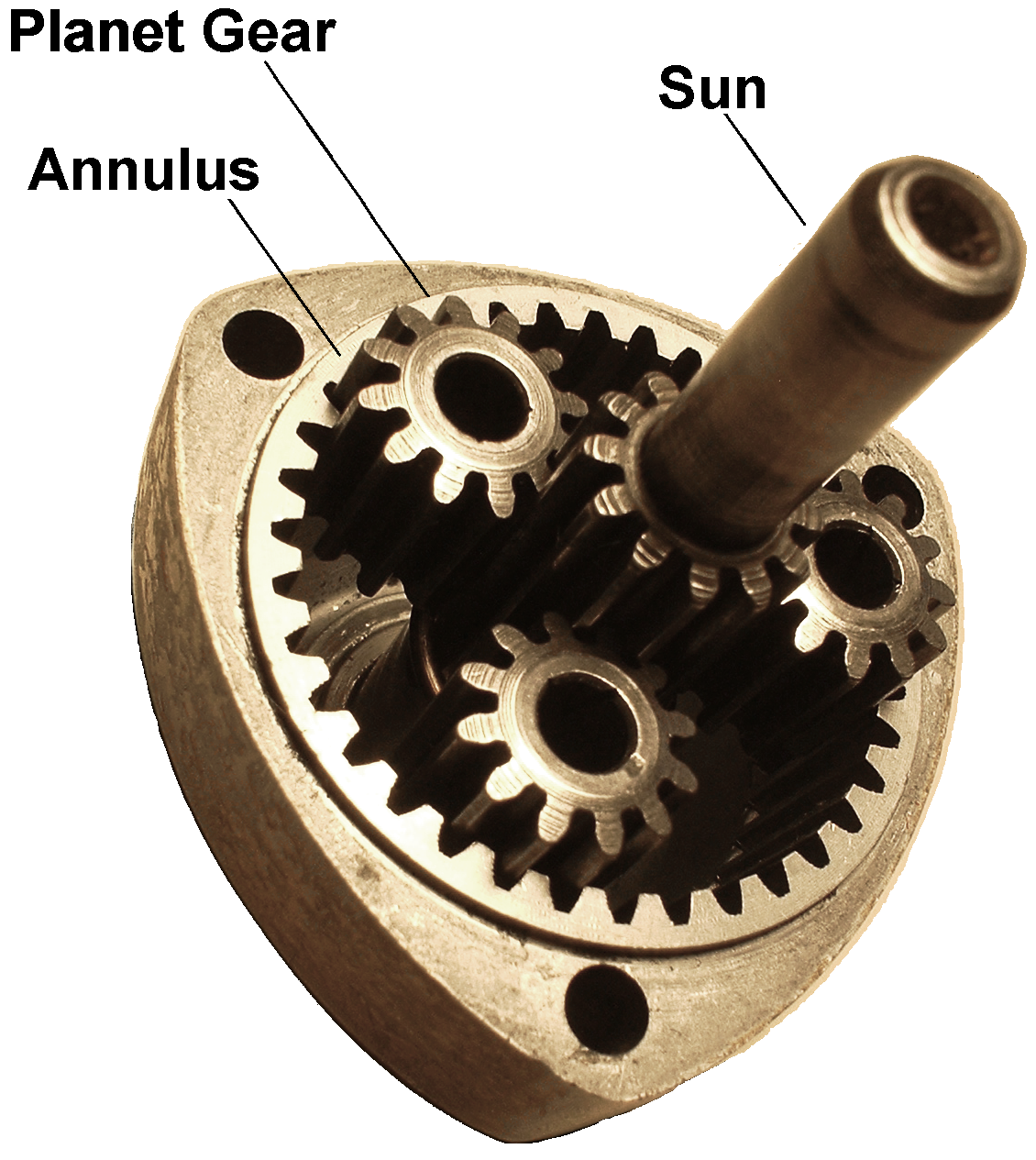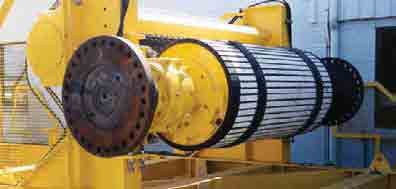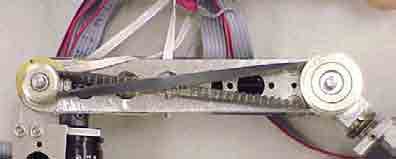Sleeve or Muff-coupling
It is the simplest type of rigid coupling, made of cast iron. It consists of a hollow cylinder whose inner diameter is the same as that of the shaft. It is fitted over the ends of the two shafts by means of a gib head key, as shown in Fig. 1. The power is transmitted from one shaft to the other shaft by means of a key and a sleeve. It is, therefore, necessary that all the elements must be strong enough to transmit the torque. The usual proportions of a cast iron sleeve coupling are as follows :
Outer diameter of the sleeve, D = 2d + 13 mm
and length of the sleeve, L = 3.5 d
where d is the diameter of the shaft.
In designing a sleeve or muff-coupling, the following procedure may be adopted.
1. Design for sleeve
The sleeve is designed by considering it as a hollow shaft.

Let T = Torque to be transmitted by the coupling, and
τc = Permissible shear stress for the material of the sleeve which is cast rion.
The safe value of shear stress for cast iron may be taken as 14 MPa.
We know that torque transmitted by a hollow section,
T = π / 16 × τc {(D^4 – d^4) / D } = π / 16 × τc × D3 (1 – k^4) … (Q k = d/D)
From this expression, the induced shear stress in the sleeve may be checked.
2. Design for key
The key for the coupling may be designed in the similar way. The width and thickness of the coupling key is obtained from the proportions. The length of the coupling key is atleast equal to the length of the sleeve (i.e. 3.5 d). The coupling key is usually made into two parts so that the length of the key in each shaft,
l = L / 2 = 3.5 d / 2
After fixing the length of key in each shaft, the induced shearing and crushing stresses may be checked. We know that torque transmitted,
T = l × w × τ × d / 2 … (Considering shearing of the key)
= l × t/2 × σc × d / 2 … (Considering crushing of the key)
Note: The depth of the keyway in each of the shafts to be connected should be exactly the same and the diameters should also be same. If these conditions are not satisfied, then the key will be bedded on one shaft while in the other it will be loose. In order to prevent this, the key is made in two parts which may be driven from the same end for each shaft or they may be driven from opposite ends.
Reference A Textbook of a Machine Design by R. S. Khurmi and J. K. Gupta














